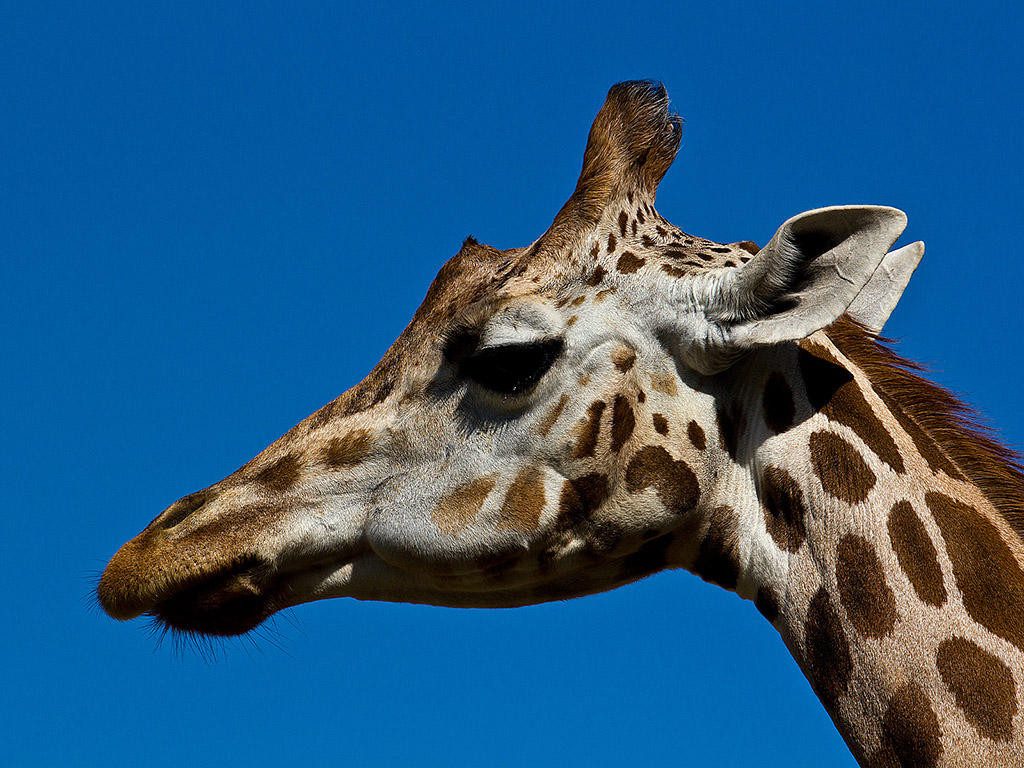

Why the humming?īashaw says she can imagine a few potential roles for this humming. “This new vocalisation could add a piece to that puzzle,” she says. Giraffes have a socially structured system, and for a long time scientists have been trying to figure out how they communicate, says Meredith Bashaw at the Franklin & Marshall College in Lancaster, Pennsylvania. Others have suggested giraffes use low frequency “infrasonic” sounds – sounds below the level of human perception – much like elephants and other large animals do for long-range communication.Īfter reviewing almost 1000 hours of sound recordings in three European zoos, Angela Stöger at the University of Vienna, Austria, found no evidence of infrasonic communication – but she did pick up a weird humming coming from the giraffe enclosures in all three zoos at night. People had earlier speculated that giraffes are unable to produce any substantial sounds because it is physically difficult for them to generate sufficient airflow through their long necks to produce vocalisations. Isn’t that sweet? Giraffes are mammals of few words, but they care about each other a lot.We are familiar with many animal sounds – a lion’s roar, a dog’s bark, a parrot’s squawk – but what sound comes to mind when you think of a giraffe? The long-necked beasts make basic sounds like snorts or bursts through their nose, but nothing you could identify with a nice label – until now.īiologists say they have discovered that giraffes hum. “I can’t see you, but I’m here with you.” Biologists think this humming sound is useful for giraffes to signal other members in the dark. It’s not like a snoring sound that other animals make this is an organized sound, with a pattern. Here’s the strange part - they only make them at night!īiologists detected this humming sound after recording over 900 hours of audio in three zoos in Europe. They can also produce long sustained vocalizations, almost like a humming sound. New studies confirm that giraffes don’t just make short bursts of sound like the coughing, hissing and whistling mentioned above. When young giraffes stray too far from their mothers, the mothers make hissing or whistling sounds to warn them about the lurking dangers. The little sounds they makeĭuring mating season, the males make coughing sounds to attract females. They do it by paying attention to other members’ body posture and eyes, and sometimes by touching each other. This form of communication (without sound) is called non-verbal communication.

In the wild, a giraffe can direct other members’ attention to a potential danger they stop whatever it is they’re doing, and, in unison, focus on their environment! Thus, it’s important that giraffes are able to communicate. Giraffes are very social animals that live in herds of 10 to 12 members. Just like humans do! But even though giraffes make very little sound, they can still talk to each other in a unique way.

They can produce specific sounds that mean different things. We like to think that lions, elephants, dolphins, cats and dogs are animals that can talk to each other. Giraffes can communicate without making any sound! But what sound do you think a giraffe makes? If you can’t answer that, don’t worry - giraffes are often the quiet ones in the family.

Our lions roar, our elephants trumpet, and even the gazelles ‘honk’. Most mammals at Bali Safari Park make sounds that you recognize.


 0 kommentar(er)
0 kommentar(er)
